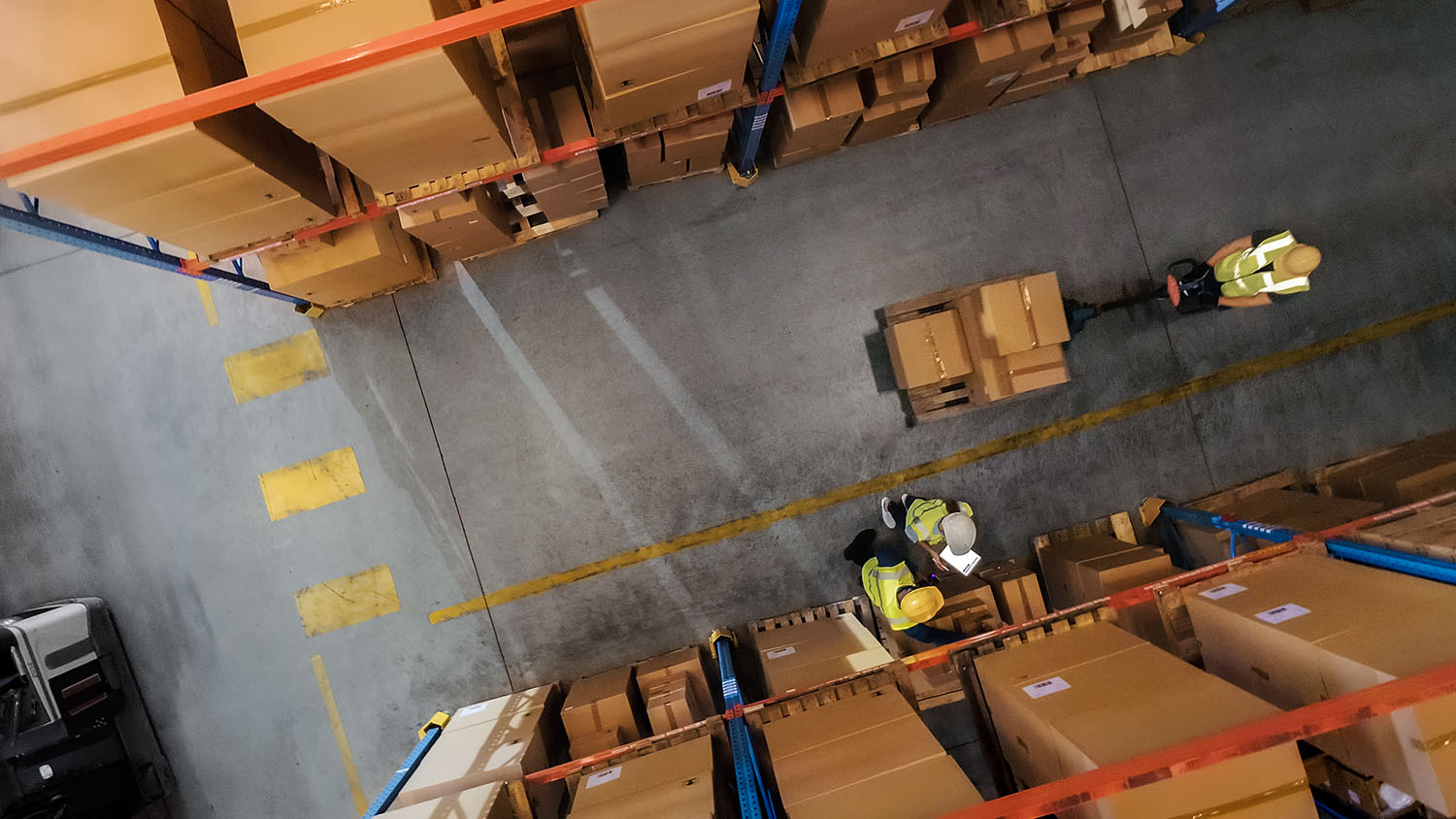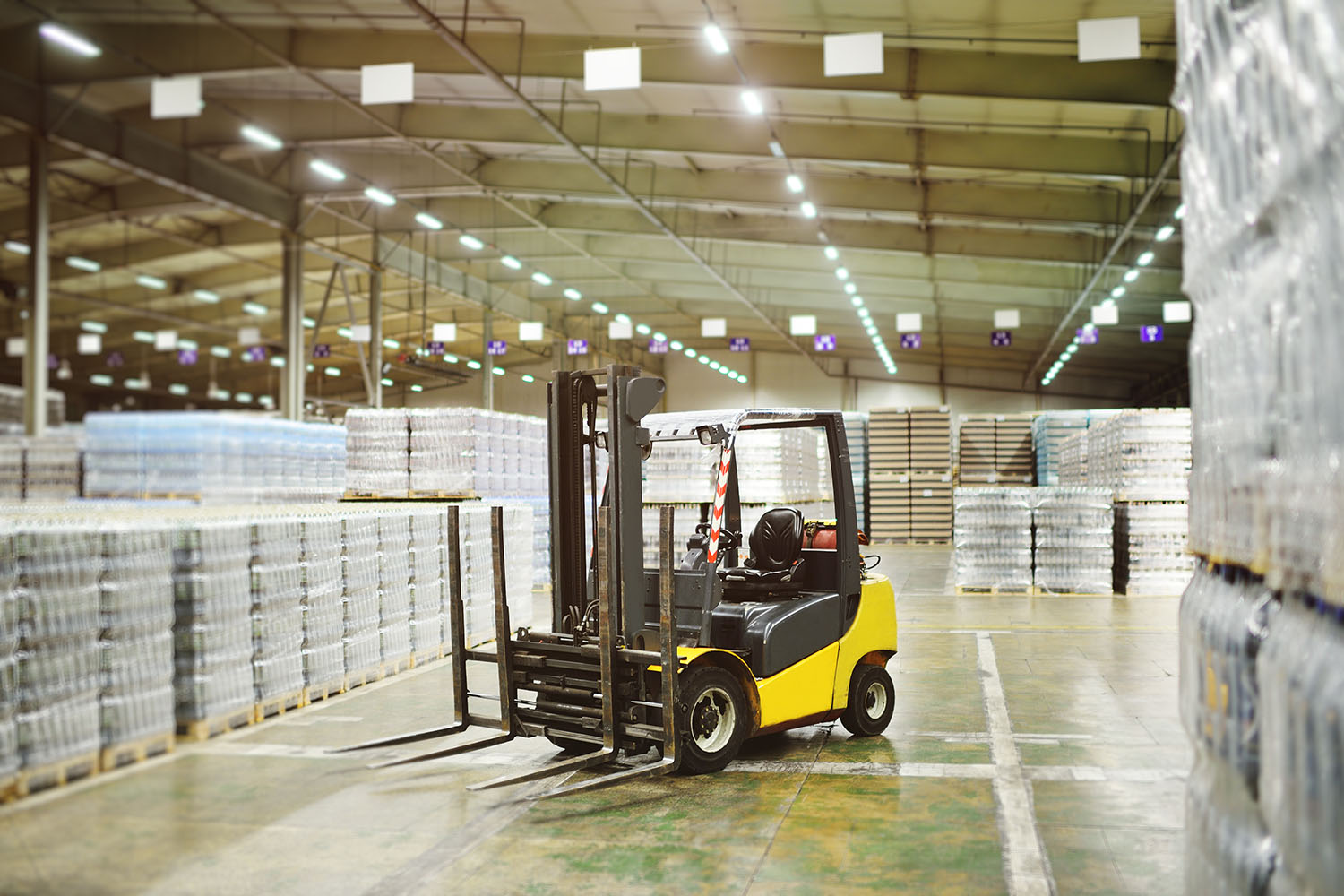The global third-party logistics industry is rapidly growing and is projected to become a $1.9 trillion market by 2030, according to Business Wire. Several factors and 3PL trends are responsible for such steady growth, including pandemic responses, increasing consumerism and economic changes, among others.
This rapid increase in 3PL demand and operations means the industry must adapt and evolve to keep up with the changing market.
In this article, we’ll examine the 3PL trends and innovations propelling the industry. From AI to e-commerce, we’ll explore emerging trends, the challenges logistics businesses face, and the future of a more efficient and consumer-centric 3PL provider.
Emerging 3PL Trends
AI and automation
These 3PL trends involve integrating AI and automation in logistics operations, which leads to more productivity, efficiency and better customer experiences. AI can analyze large volumes of data, impact decision-making, demand forecasting and route optimization. Warehouse automation technologies apply machine learning to study data patterns, which affect resource allocation, leading to better decision-making. Robotics and automation technologies, such as Automated storage and retrieval systems (ASRS) and automated guided vehicles (AGVs), improve warehouse efficiency by reducing the number of workers needed and speeding up the order fulfilment process while reducing errors.
E-commerce boom
According to Retail Dive, US online retail sales were projected to rise 9.8% to $1.2 trillion in 2024. As more consumers adopt online shopping, there will be an equal need for faster and more reliable order fulfilment services. E-commerce business owners are constantly seeking seamless solutions to handle warehousing and logistics while they focus on core business activities like branding, sales, and marketing. 3PL providers offer advanced warehousing solutions, delivery options, and inventory management to meet rising demands. Inventory management technologies are also evolving to meet this rising demand. Innovations line automated restocking and real-time tracking are fast becoming the norm in many warehouses.
Advanced data analytics
Advanced Big data analytics provide deeper insights into various aspects of the industry like customer expectations and market trends. This data helps businesses make strategic decisions, allowing a fast and accurate response to market changes. For example, with analytics, 3PL providers can make decisions based on historical data, delivery schedules and weather conditions. This way, they can improve operations by planning better routes to manage fuel consumption and reduce delivery time. With data, 3PL providers stay prepared for market changes and get a chance to improve the overall customer experience.
Last-mile delivery
Last-mile delivery is the most crucial part of the supply chain, as it involves the final stage of the delivery journey from fulfilment centres to the customer’s doorstep. 3PL providers are investing in local distribution centres that can reduce delivery time and cost and improve customer satisfaction. They employ delivery management systems like route optimization and tracking to improve transparency and delivery operations. The global last-mile delivery market is projected to reach $357.45 billion by 2031. This is due to an increased need for faster deliveries. 3PLs that use specialized fleet and delivery vehicles can thrive in the evolving market. 3PL providers are also developing parcel lockers with retail locations so that customers have more accessible pickup points.
Sustainability
Sustainability is becoming an important focus for 3PLs as environmental regulations tighten. As more customers and leading logistics companies prioritize eco-friendly practices, the industry will eventually follow suit. More logistics companies are adopting greener logistics practices and are more committed to having zero emissions soon. This shift will involve using more sustainable transportation methods, green warehousing standards and optimizing routes. With electric vehicles and carbon footprint tracking systems, green logistics practices will be a necessity for the industry.
In a study, researchers observed that one-third of consumers would pay more for sustainable products. “Today, 50 percent of consumers rank sustainability as a top five value driver,” says Dr Andreas von der Gathen, co-CEO of Simon-Kucher. He also explains that as consumers’ demands for sustainability increase, companies will need to prove that they are sustainable and add it to their value proposition to gain credibility.
Collaborations and partnerships
Collaboration is becoming a major component of the 3PL industry. With the need for partnerships, Logistics as a service (LaaS) platforms present a solution where multiple individuals or organizations can share their resources, reduce costs and improve efficiency. This trend is also seen in shared warehousing when separate businesses share their storage and distribution channels to save on cost and provide omnichannel logistics opportunities like in-store pickup, at-home or workplace deliveries, etc., for customers. 3PL providers will form partnerships with tech companies and other logistics firms to expand their client base and improve service offerings.
Key Challenges in 3PL Right Now
Even though the 3PL trends are exciting, 3PL providers continue to face some persistent challenges. Some of these issues require long-term strategies, while others can be solved with simple solutions.
These are some of the challenges affecting the 3PL industry right now:
Warehouse space issues
Companies are struggling to find and afford sufficient storage to keep up with inventory needs. This scarcity drives up rental costs and forces 3PL providers to innovate with solutions like micro-fulfilment centres or shared warehousing.
Rising order fulfilment costs
Consumers want faster delivery times, and this poses a major challenge for 3PLs. Combine this with inflation and increasing shipping costs, which pressure them to optimize order fulfilment processes. Balancing speed, accuracy, and cost-efficiency is a growing challenge, particularly as demand surges during peak sale seasons.
Competition
The logistics industry is more competitive than ever, with established players and startups vying for market share. To attract and retain clients, 3PLs must differentiate themselves through advanced technology, superior customer service, and cost-effective solutions.
Labour shortages
Labour shortages in warehouse and transportation roles strain 3PL operations. Recruiting and retaining skilled workers is increasingly difficult and time-consuming, leaving gaps in the workforce that can slow down order fulfilment, which in turn leads to customer dissatisfaction.
Adaptation to e-commerce
The rise of e-commerce has dramatically changed logistics demands. 3PL providers must learn to handle smaller, more frequent shipments and manage complex last-mile delivery requirements. This often requires investment in technology and infrastructure to stay competitive.
Limited visibility
Inadequate end-to-end supply chain visibility negatively affects decision-making and can lead to delays, inefficiencies, and increased costs. Clients expect real-time updates on inventory movement and transparency, pushing 3PL providers to adopt advanced tracking systems and data analytics tools to meet these expectations.
The Future of Third-Party Logistics
The 3PL industry is undergoing significant changes, and logistics providers must take advantage of technology to manage the increasing demand. A significant increase in e-commerce and last-mile fast delivery is enough to push logistics businesses to either adopt more sustainable technology to meet this demand or lose their client base.
The 3PL industry will need to create more personalized solutions to improve customer satisfaction through flexible delivery and warehousing options. These businesses will need to form more collaborations and partnerships to reduce costs and gain access to resources that will expand their global reach.
Luckily, Da Vinci has a team of experts and sophisticated technology to help you navigate and thrive in the 3PL landscape in 2025. With a host of warehouse management software capable of automating your entire process, gaining a larger client base is a vision just waiting to be attained.
Don’t wait! Book a demo or consultation with Da Vinci today to get ahead of the trend.



